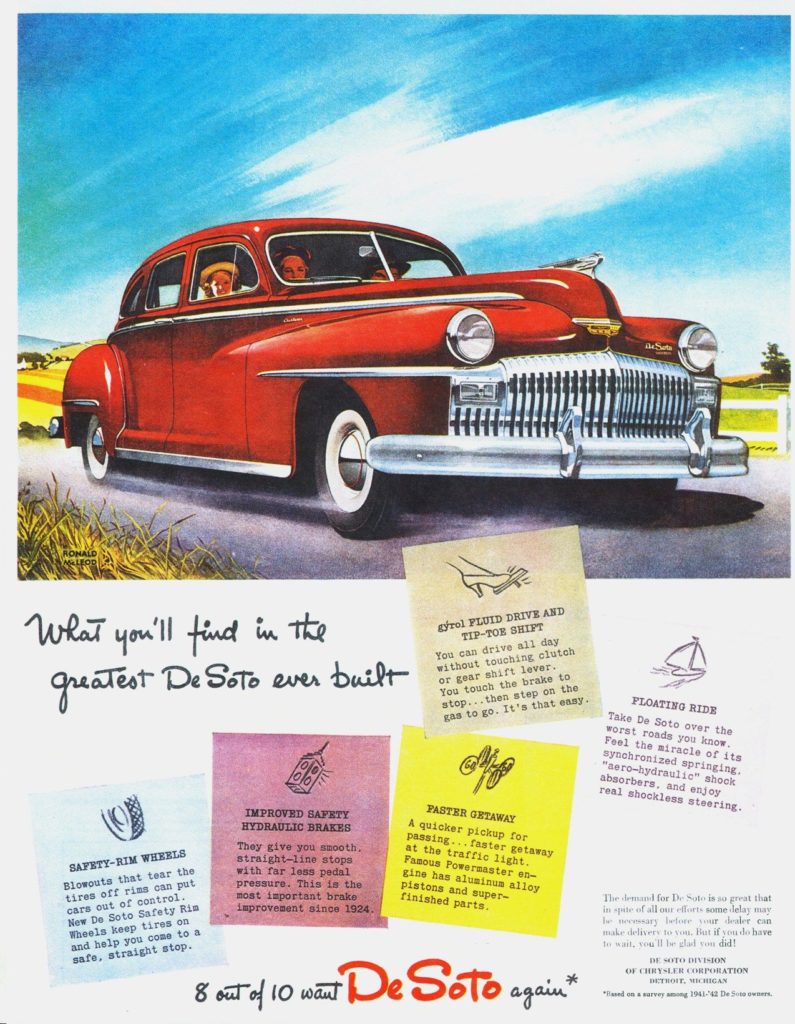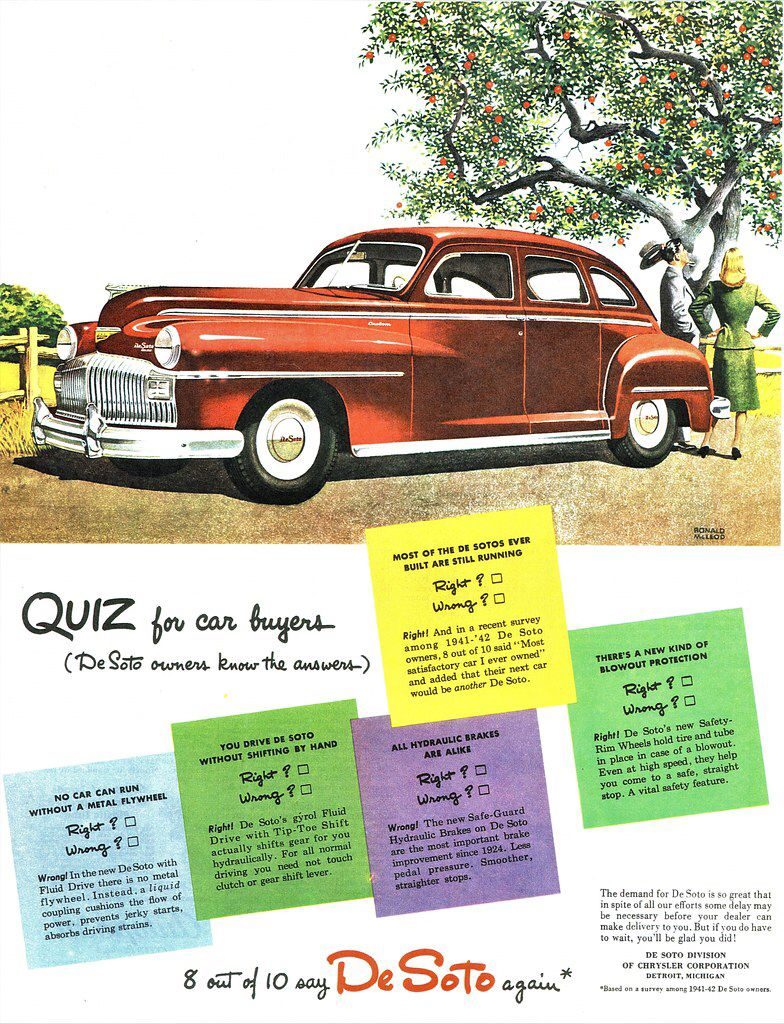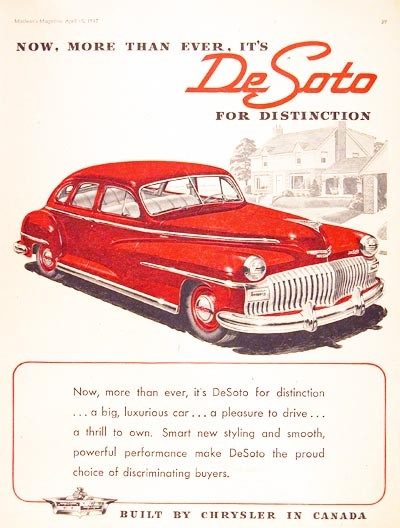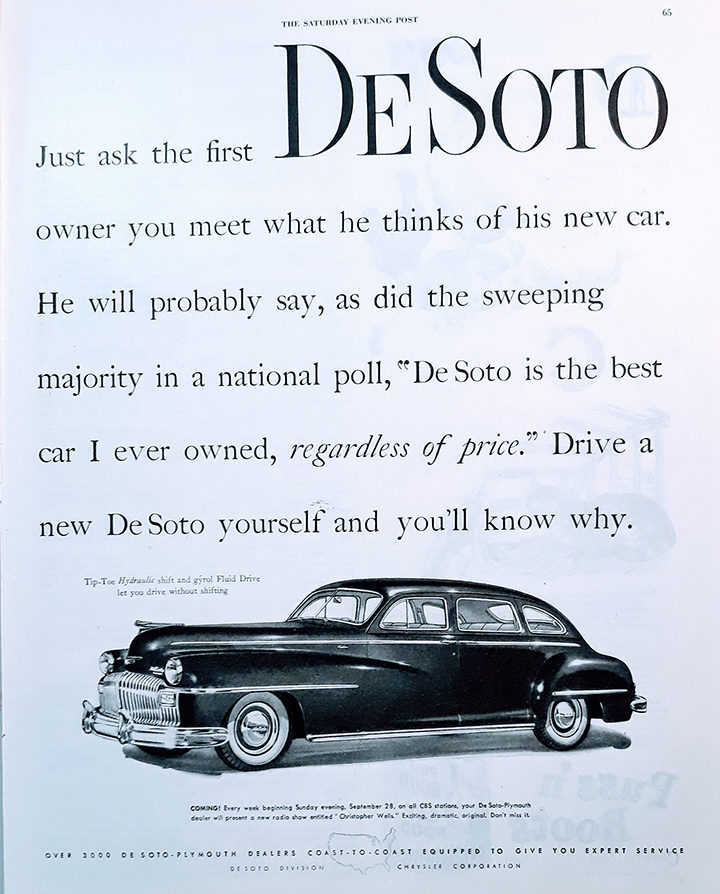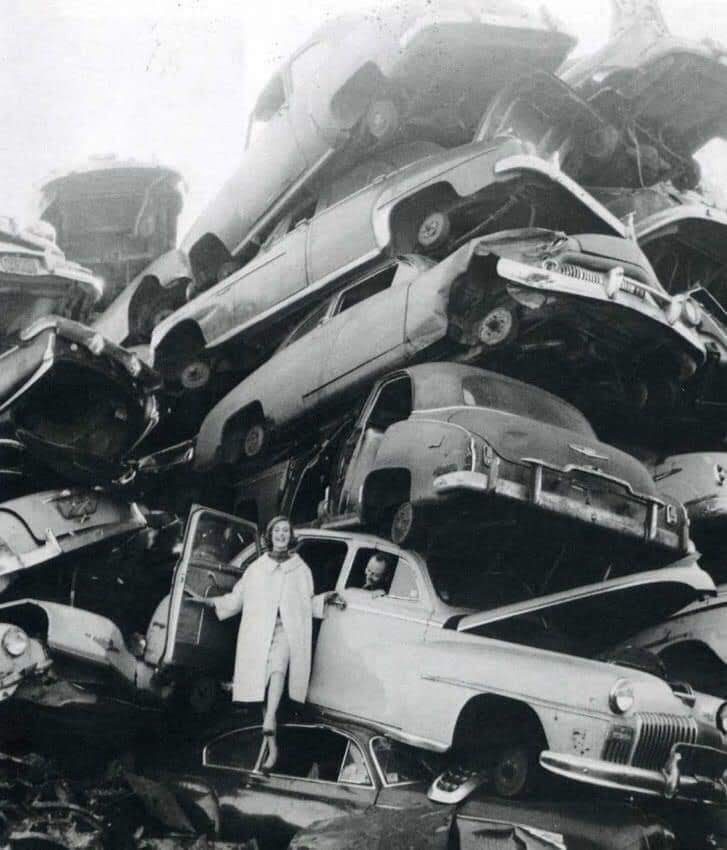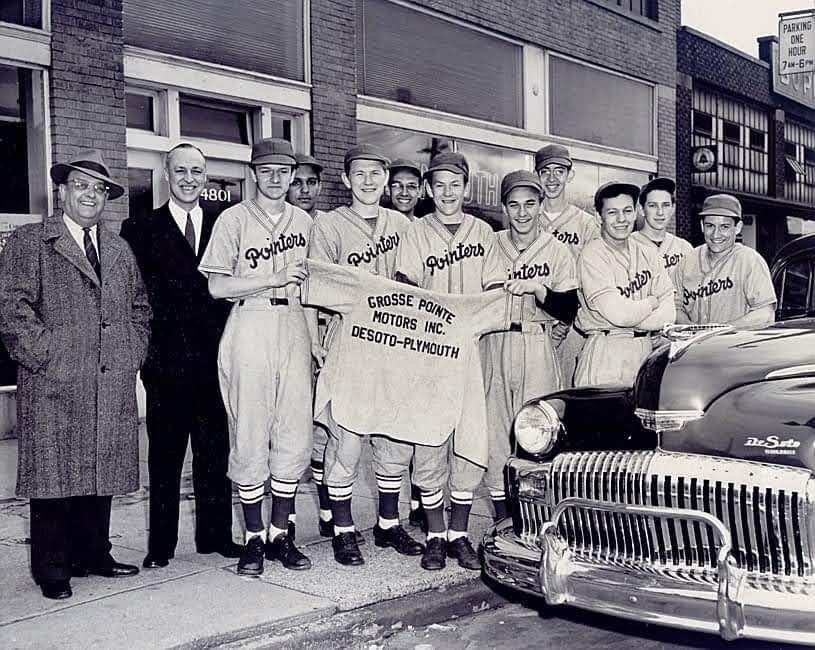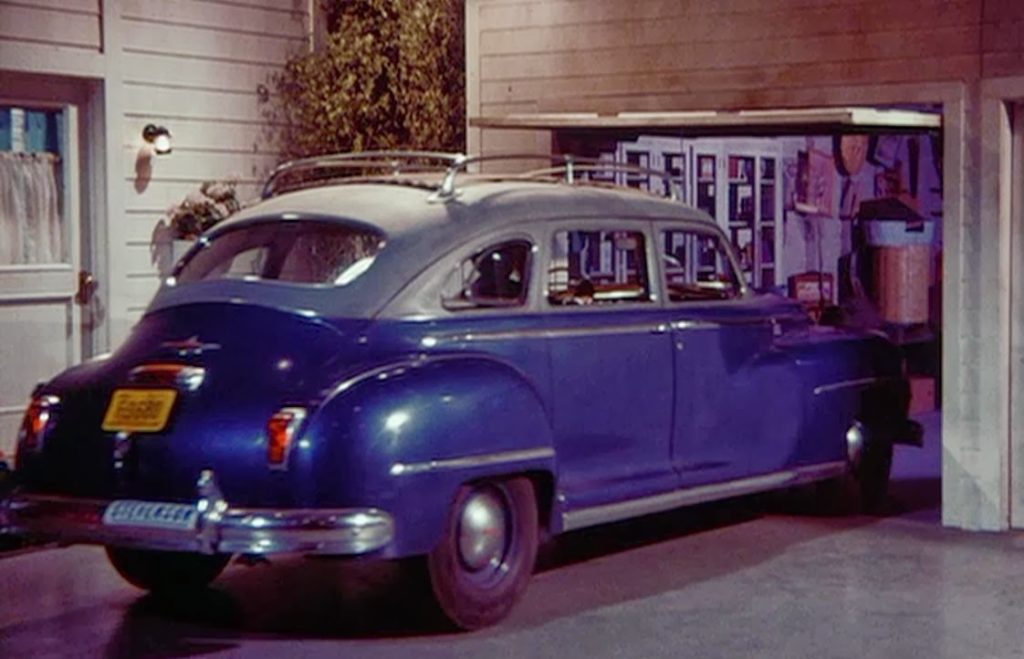1946 - First Series 1949
WWII came to an abrupt end and with that came a demand for new cars. With cars not having been replaced during the war and many young men coming back home, new cars were one of the hottest commodities post-war. However, the transition from producing wartime supplies back to automobiles was not a smooth one. Labor was uncertain and in flux and as a result of all the troubles and difficulties with getting tooling and production up and running again, the 1946 model year was a struggle across the industry. 1947 would see a much more stable, full year of production that better met the demands of the consumers.
Considering the circumstances coming out of the war, DeSoto was impressively new in styling, especially compared to many competitors. True, the main body styling was carry-over, but the front sheet-metal, headlights, grille, and front doors were all changed from the last 1942 models. Complimenting these changes were wrap-around bumpers, a tweak to the rear fenders, and new design on exterior ornamentation and interior styling. Also new since 1942 was dual wheel cylinder front "Safe-Stop" brakes, aluminum alloy engine pistons, larger Fluid Drive gears, and updated oil pump and oil filtration.
1946 through first-series (early) 1949 models are combined together here as the design was virtually unchanged over the 3-year span for the S-11 Deluxe and Custom series. To put it into perspective, the most notable change was the tire size of the short wheelbase cars, which went from 15 x 6.50 to 15 x 7.60, as well as the return of wide whitewalls (April 1947). Early models, before whitewalls reappeared, utilized a white ring around the hubcap to simulate the look of a whitewall. The 1947 and 1948 model years were started on January 1 of each of those years and were identified by serial number breaks. The S-11 would carry into the beginning of the 1949 model year, referred to as a "first-series", before being replaced in March 1949 with the new "second-series" S-13 models.
Engine: 237 c.i. 6 cylinder, 109 hp
Wheelbase: 121.5, 139.5 (7-passenger bodies)
1946 Deluxe VIN Start: 6154001
1946 Deluxe VIN End: 6172862
1946 Custom VIN Start: 5784001
1946 Custom VIN End: 5825784
1947 Deluxe VIN Start: 6172863
1947 Deluxe VIN End: 6190369
1947 Custom VIN Start: 5825785
1947 Custom VIN End: 5885815
1948 Deluxe VIN Start: 6190370
1948 Deluxe VIN End: 6205975
1948 Los Angeles Custom VIN Start: 62001001
1948 Los Angeles Custom VIN End: 62001894
1948 Detroit Custom VIN Start: 5885816
1948 Detroit Custom VIN End: 5948452
1949-1 Deluxe VIN Start: 6205976
1949-1 Deluxe VIN End: 6209494
1949-1 Los Angeles Custom VIN Start: 62001895
1949-1 Los Angeles Custom VIN End: 62003000
1949-1 Detroit Custom VIN Start: 5948453
1949-1 Detroit Custom VIN End: 5962601
Production Numbers
Deluxe Business (3-Passenger) Coupes Produced: *1,950
Deluxe 4-Door 6-Passenger Sedans Produced: *32,213
Deluxe Club Coupe: *8,580
Deluxe Broughams Produced: *12,751
Custom Six 4-Door 6-Passenger Sedans Produced: *126,226
Custom Six 7-Passenger Sedans Produced: *3,530
Custom Six 7-Passenger Limousines Produced: *120
Custom Six Suburbans Produced: *7,500
Custom Six Club Coupes Produced: *38,720
Custom Six Broughams Produced: *1,600
Custom Six Convertibles Produced: *8,100
*Production totals are for all 1946-1949 S-11 cars.
Source: The Plymouth and DeSoto Story by Don Butler
